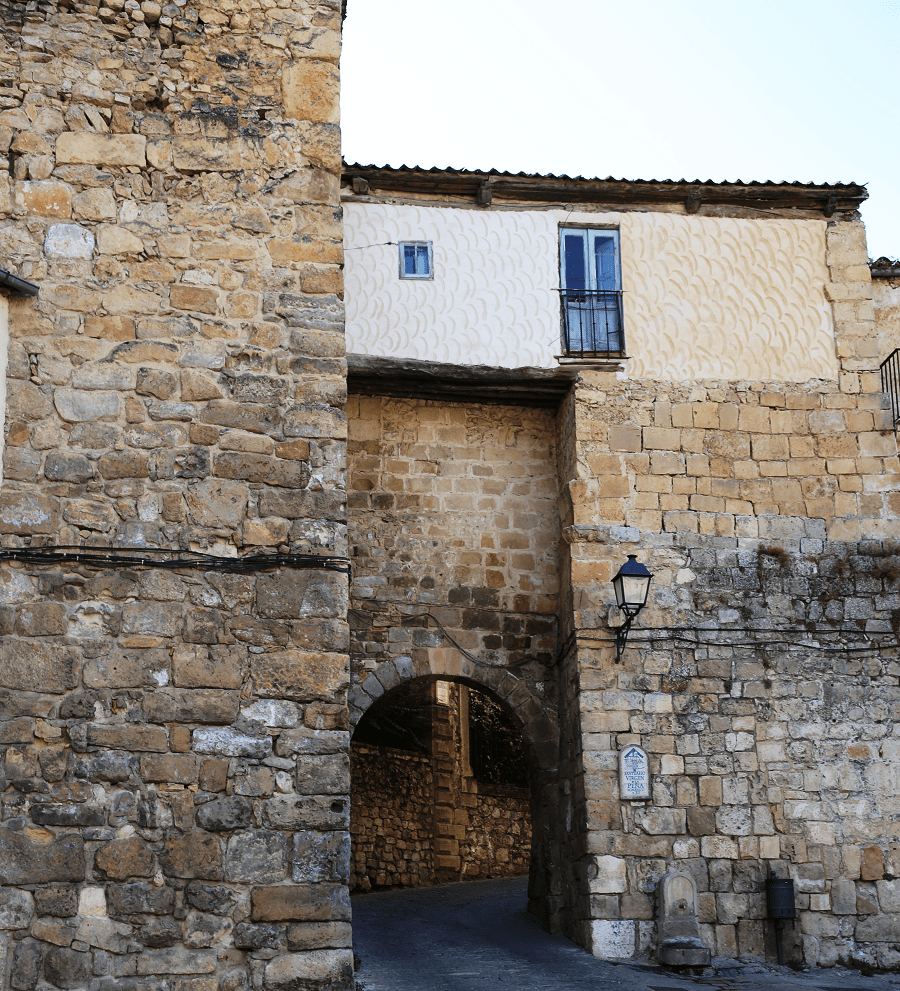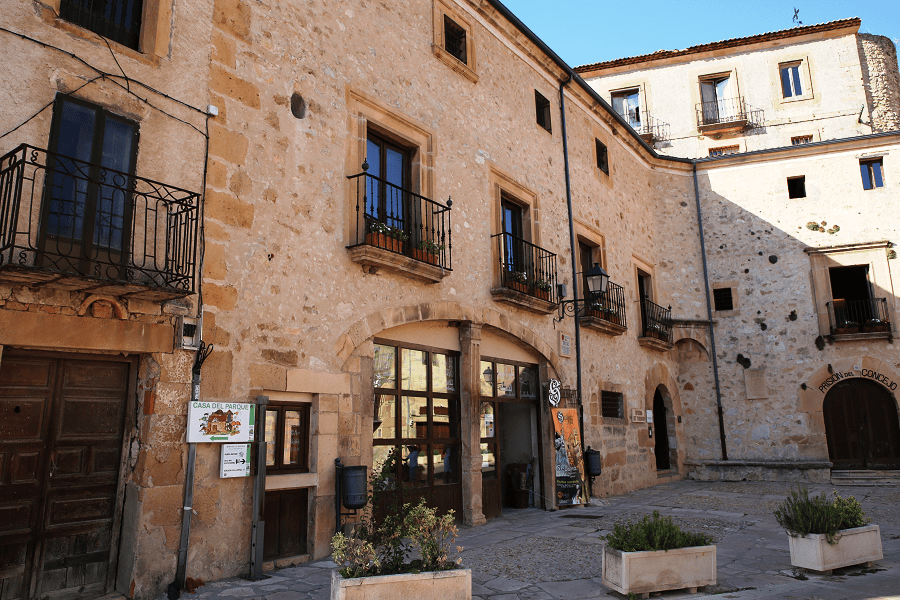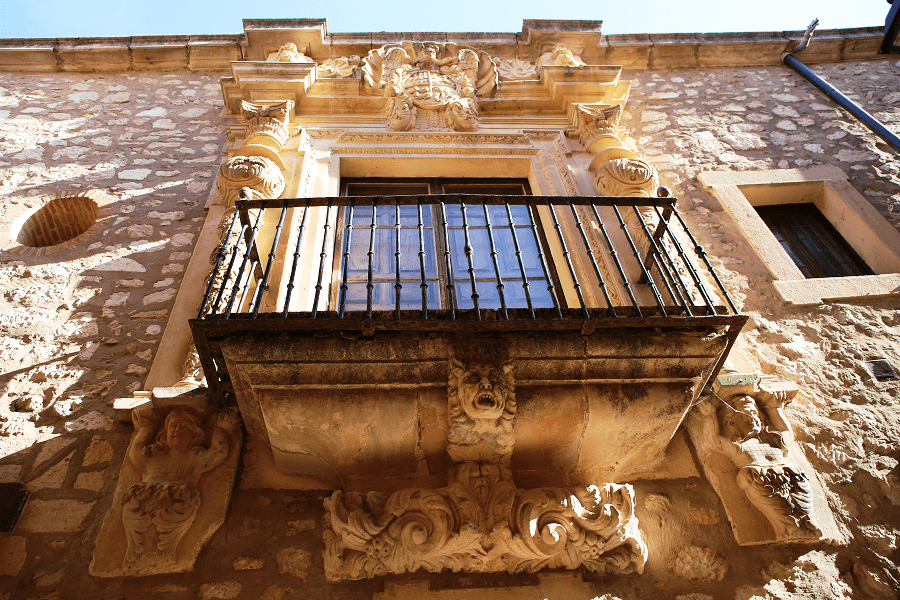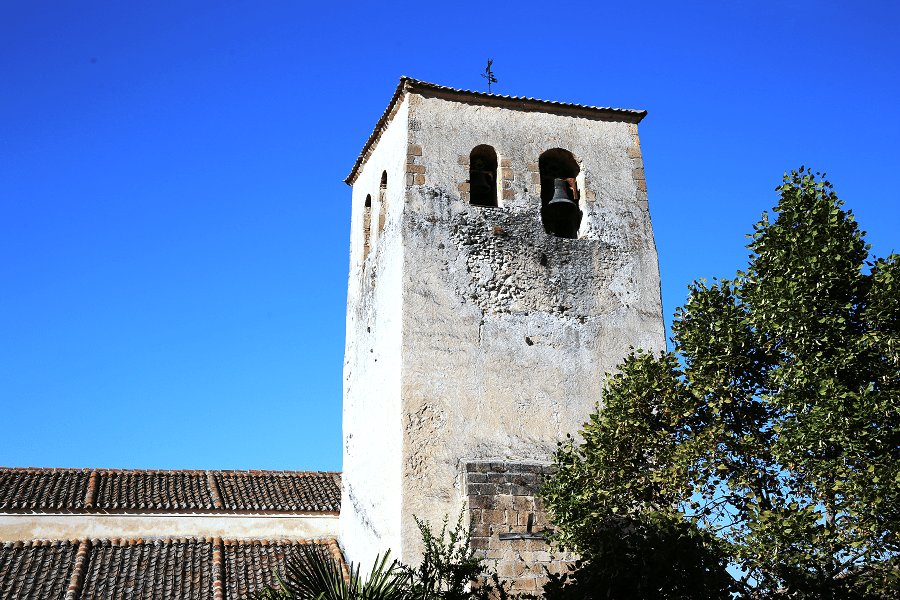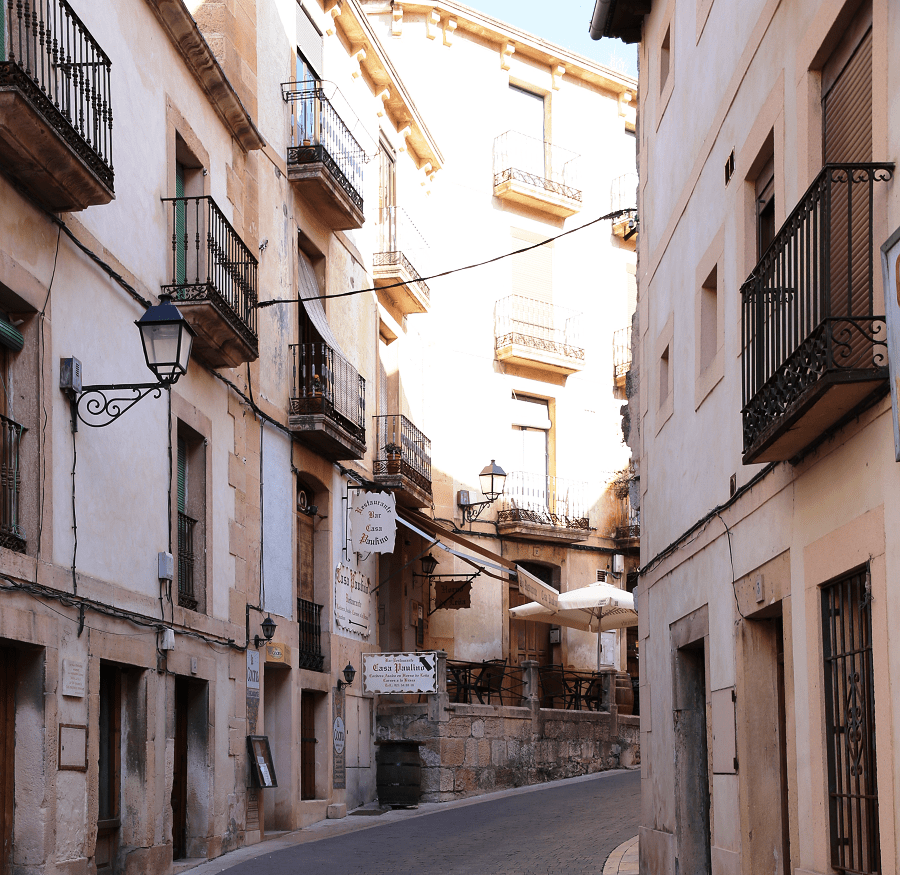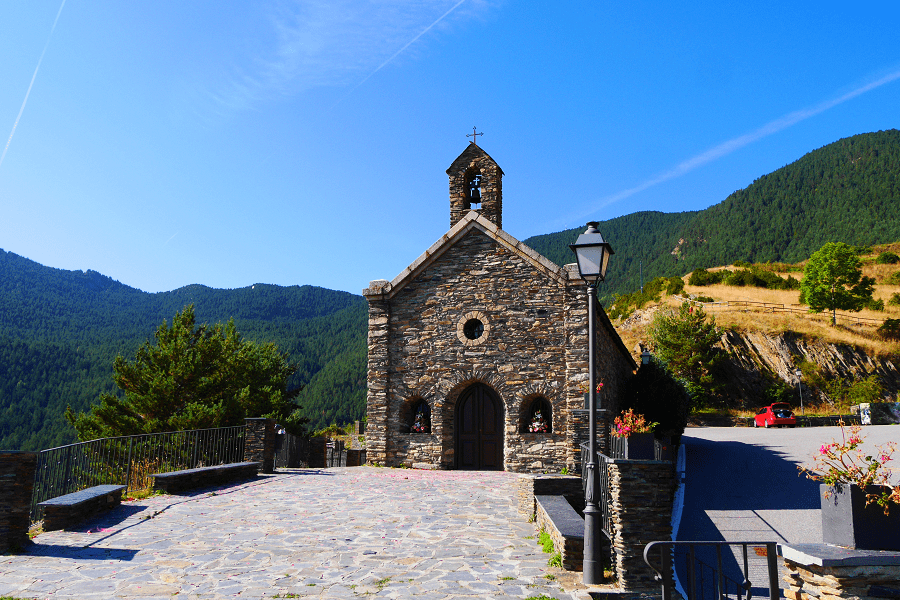Sepúlveda is a town and a municipality located in the province of Segovia, Castile and León, Spain. The town has been declared a historical-artistic complex since 1951.
Since 2016 the city has been a part of the network “The most beautiful villages of Spain“.
The town lies next to the Hoces del Rio Duratón National Park.
Tourism and main attractions
Civil architecture
Castle of Fernán González (B.I.C.). Sepúlveda Castle was a Roman fortress, an Arab citadel, and rebuilt in the times of Count Fernán González. Attached to the lower part of its towers an 18th century building, with a continuous balcony, supports the square clock. It is included in the Red List of heritage in danger of the association for the defense of heritage Hispania Nostra.
Old Sepúlveda prison: Of its three floors, the lower and upper floors were always intended for use as a prison, while the middle one is the one that has undergone the most modifications and utilities. It was the House of the Council until a new town hall was built on the other side of the square in 1870, and then it became the home of the head of the prison. In 2014 it was fitted out to house a museum of a didactic and informative nature that shows the use and ways of life in this type of prisons. In it you will find the Tourist Office of the town.
House of the Count of Sepúlveda: It is one of the many palace-houses of the town. It has a heraldic balcony-altarpiece supported by caryatids, and contains various architectural and decorative elements. Sepúlveda County was a title created by Queen Elizabeth II.
Casa de los Proaño: Popularly known as Casa del Moro, it is a palace-house. The Plateresque façade stands out, the pediment of which is presided over by the head of a Moor on a cutlass, an element that alludes to the legendary capture of Sepúlveda by Count Fernán González. On the sides of the main balcony are the family’s coats of arms.
Religious architecture
Church of the Virgen de la Peña (B.I.C.), in Sepúlveda. It is a Romanesque church, from the 12th century. It has a single nave, covered with a three-section barrel vault, reinforced with transverse arches that rest on decorated capitals and columns attached to the wall.
Church of San Bartolomé: Romanesque, from the 11th-12th centuries, it has a single nave with two chapels that form a transept and a wooden roof. The ashlar tower is attached to the church.
Church of San Salvador (B.I.C.). It is located in the highest part of the town, its construction begun in the 11th century (year 1093) indicates that it is the oldest in the province of Segovia and one of the greatest exponents of the Sepulvedan Romanesque.
Church of San Justo (B.I.C.). At the moment it is the headquarters of the Museum of the Fueros. It is Romanesque from the 12th and 13th centuries, it was declared a National Monument in 1931. It is the only Romanesque church in Sepúlveda that has three naves, something that on the other hand is rare in rural Romanesque, which indicates that it was a ambitious construction.
Church of Santiago. Current House of the Hoces del Río Duratón Park. With a single rectangular nave, it has a Mozarabic style quarter-sphere apse, made of brick with double arches and geometric figures. It has an underground crypt with tombs from the 10th century.
How to get to?
From Segovia 54 min (61.4 km) via N-110 and SG-P-2322
From Valladolid 1 hr 27 min (114 km) via A-601 and SG-205
From Madrid 1 hr 32 min (133 km) via A-1
Main information
Area: 123 sq. km (municipality)
Coordinates: 41°17′51″N 3°44′58″W
Population: 967
Languages: Spanish
Currency: Euro
Visa: Schengen
Time: Central European UTC +1








